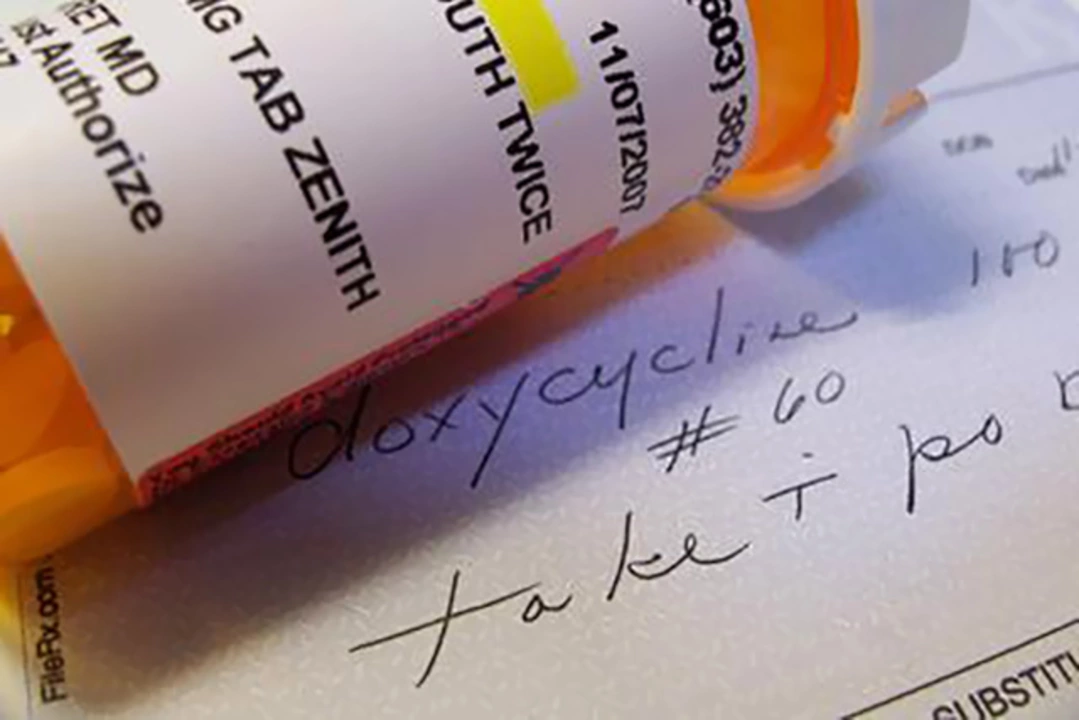Dermatology: Real Skin Help — Treatments, Safety, and Smart Choices
Skin problems are personal and annoying. On this tag page you’ll find straightforward, no-nonsense guides about common dermatology topics: topical steroids like desonide, acne solutions including Isotroin alternatives, skin infection antibiotics, plus practical safety advice when buying meds online.
You’ll read clear how-tos and safety checks — not medical fluff. Want to know when a mild steroid is better than a strong one? Curious about safe online pharmacies for peptides or ED meds that sometimes touch on skin treatments? We cover that, with tips you can use now.
Topical steroid basics you can actually use
Stronger isn’t always better with steroids. Use low-potency steroids (for example, desonide) on the face, groin, and skin folds. Save medium or high potency for thick skin like palms and soles, and only under a doctor’s direction. Apply a thin layer, once or twice daily as directed, and stop after symptoms clear — prolonged use risks thinning skin, stretch marks, and visible blood vessels. For kids, use the mildest effective option and avoid long-term use on the face.
If a rash returns quickly after stopping treatment, don’t automatically increase potency. That pattern often means an underlying trigger (allergens, fungus, or an irritation) rather than treatment failure. Patch testing, a culture, or switching to non-steroidal topicals can help. Always check with a dermatologist when in doubt.
Acne, antibiotics, and buying meds safely
Acne choices range from topical retinoids and antibiotics to oral isotretinoin (Isotroin). If isotretinoin isn’t right for you, recent guides list practical alternatives like topical retinoids combined with hormonal options or spironolactone for suitable patients. When antibiotics are needed — for example, Bactrim or doxycycline for certain skin infections — use them short-term and based on a clinician’s advice to avoid resistance.
Buying meds online can be safe if you follow a checklist: choose pharmacies that require a prescription, show clear contact details, use secure payment, and have real customer reviews. Avoid sites that sell prescription drugs without asking for a prescription, and don’t buy suspiciously cheap pills from unknown sellers. For peptides and specialty supplies, confirm lab testing or third-party verification when available.
Finally, some natural products (DMSO, bloodroot) show up in skin discussions. They can help in niche uses but come with risks. Treat these like any drug: research their safety, talk to your provider, and avoid DIY high-concentration applications on broken skin.
Browse the articles under this dermatology tag to get step-by-step tips, product comparisons, and safety checklists. If your condition is severe, rapidly worsening, or affects breathing or vision, see a clinician right away.

Doxycycline in Dermatology: A Comprehensive Review
In a recent comprehensive review, I discovered the various applications of doxycycline in dermatology. This versatile antibiotic not only treats common skin conditions like acne and rosacea, but also has anti-inflammatory properties, making it effective in managing more complex issues such as hidradenitis suppurativa and bullous skin disorders. Furthermore, studies have shown minimal bacterial resistance to doxycycline, ensuring its continued efficacy. However, it's important to be aware of potential side effects, such as gastrointestinal discomfort and photosensitivity. Overall, doxycycline proves to be a valuable option for a wide range of dermatological concerns.
Read More




